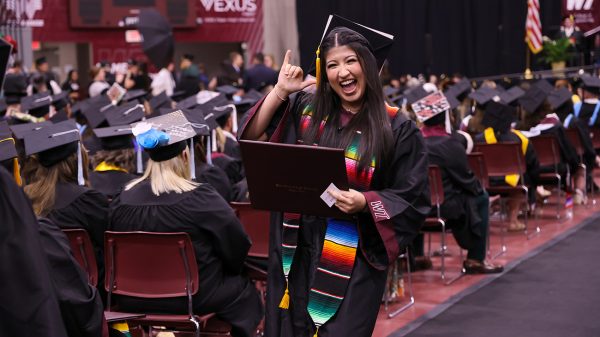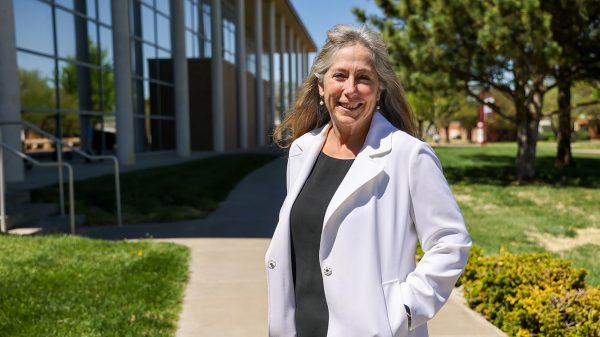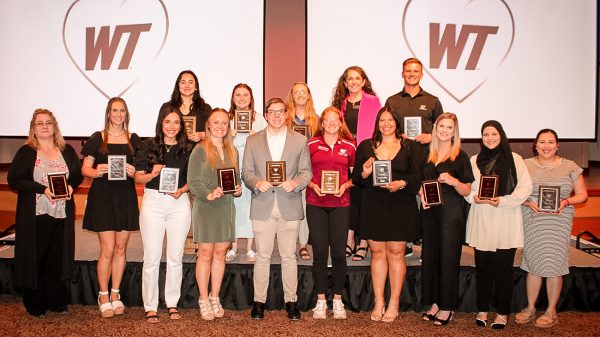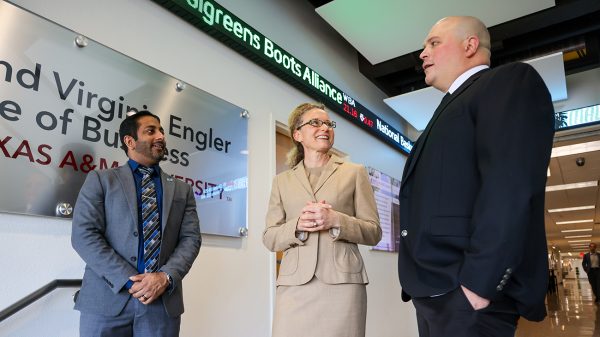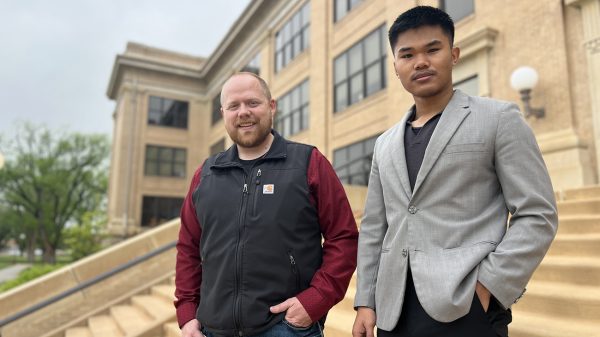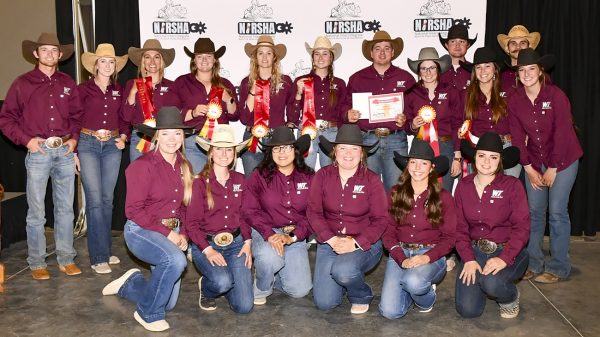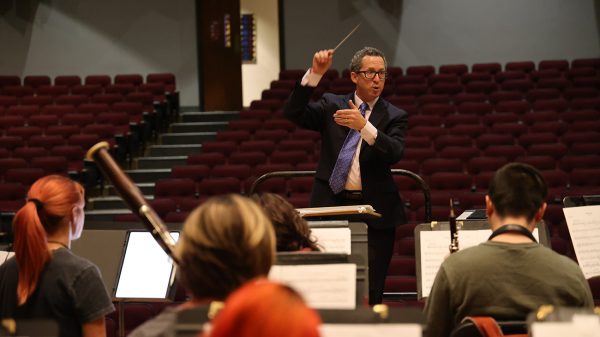Flexibility Key to Preparing WT Education Majors to Enter Classrooms during Pandemic
Copy by Chip Chandler, 806-651-2124, [email protected]
CANYON, Texas — When the pandemic caused schools around the area to close in March, Dr. Beth Garcia had a moment of panic: How would West Texas A&M University education majors who were doing clinical teaching in area classrooms get the hours they needed to complete their degrees?
But Garcia’s concerns were soon assuaged, thanks to strong partnerships with school districts around the region.
“They were so amazing,” Garcia said. “When I would call them up in the midst of them figuring out how to proceed on their own campuses, they still took time to come up with plans with us to make sure our clinical teachers could still be certified.”
Nearly 90 Spring 2020 teacher candidates graduated in May, and each one of them were certified to become teachers for the fall.
One of those was Creighton Cofer, who now teaches at Sundown Lane Elementary School in the Canyon Independent School District.
“We were able to voice our concerns, and WT answered them as best as they could,” Cofer said. “We worked very closely with our cooperating teacher during the shutdown, and everything that they were doing, we were doing alongside with them. I am very honored and privileged that I got to be a part of that experience because now I have my own virtual students and I am more prepared to provide the best virtual instruction for my students.”
Garcia said school districts clinical teachers, formerly known as student teachers, log-in information to their districts’ online educational platforms, access to which traditionally is limited to district employees.
“Our clinical teachers were able to support those kindergarten to 12th grade students by teaching, making lesson plans and answering student questions. For students without computer access, the clinical teachers were able to connect with them on the phone and made packets of classwork and dropped them off,” Garcia said.
That’s a testament to the kind of flexibility that Garcia and other members of WT’s Education Department preach, a quality that’s also an important precept in the University’s long-term plan, WT 125: From the Panhandle to the World.
“As a teacher, you don’t know what a day is going to hold,” Garcia said. “You can have a great lesson plan ready, and there’s a fire drill, or an assembly you didn’t know about, or you have a kid get sick in the middle of class.
“You have to be flexible to meet students’ needs, and that was never a truer statement than it was last spring,” she continued. “Everything we talk about was put to the test and it wasn’t an easy test.”
Garcia also worked with the Texas Education Agency, which agreed that teachers seeking certification needed hours in “authentic school settings,” not “actual” settings, as before. That allowed for virtual classroom experiences to count equally with in-school settings, both for clinical teachers and for students getting classroom observation hours.
For school administrators like CISD’s John Forbis, coordinator of human resources, making pandemic-related adjustments that helped WT’s clinical teachers maintain at least a virtual presence in their classrooms was an easy call.
“We try to look at everything we do as a district as what is the best thing we can do for our students,” Forbis said. “In this case, that is to get absolutely the best teachers in the classroom as we can. We already have a fantastic partnership with WT, so we wanted WT students to continue working with us through this time.”
That continued into the current semester, as schools reopened for a combination of in-person and virtual learning.
“When we were figuring out what school would look like and what limitations and restrictions would need to be put in place, we had the same worries as Dr. Garcia. It would be a detriment if we weren’t able to have WT students on our campus, so we went to work quickly to look at what kind of safety procedures we could put in place.”
As WT students graduate this fall and in Spring 2021, both Garcia and Forbis say they may be more prepared than most to handle whatever comes their way in classrooms.
“We’re always looking for teachers with good character,” Forbissaid. “When we’re in a situation like we are now, it builds that. We want teachers who have the mindset of being willing and eager to take on a new challenge and to do the best they can for their students while adjusting and adapting to whatever the situation is. If anything, times like this, in some ways, may better prepare them and build that mindset.”
Garcia agreed.
“Many of our clinical teaches this spring are more prepared than usual,” Garcia said. “They went through the fire, and they came out better for it.”
Cofer echoed that sentiment, too.
“WT has a great education preparation program, and if it weren’tfor the year of student teaching that I got to experience, I wouldn’t be half the teacher I am today,” Cofer said. “I am very honored to have been a part of such an excellent education program.”
About West Texas A&M University
WT is located in Canyon, Texas, on a 342-acre residential campus. Established in 1910, the University has been part of The Texas A&M University System since 1990. With enrollment of more than 10,000, WT offers 60 undergraduate degree programs, 38 master’s degrees and two doctoral degrees. The University is also home to the Panhandle-Plains Historical Museum, the largest history museum in the state and the home of one of the Southwest’s finest art collections. The Buffaloes are a member of the NCAA Division II Lone Star Conference and offers 15 men’s and women’s athletics programs.



